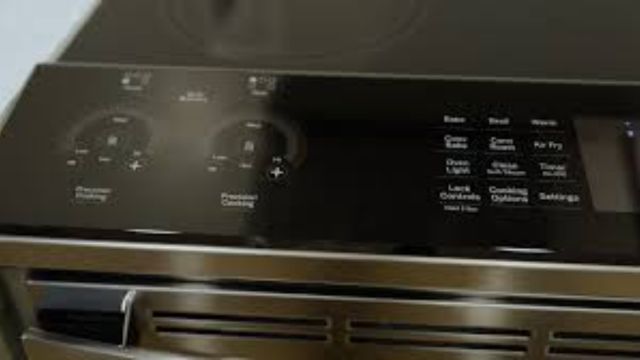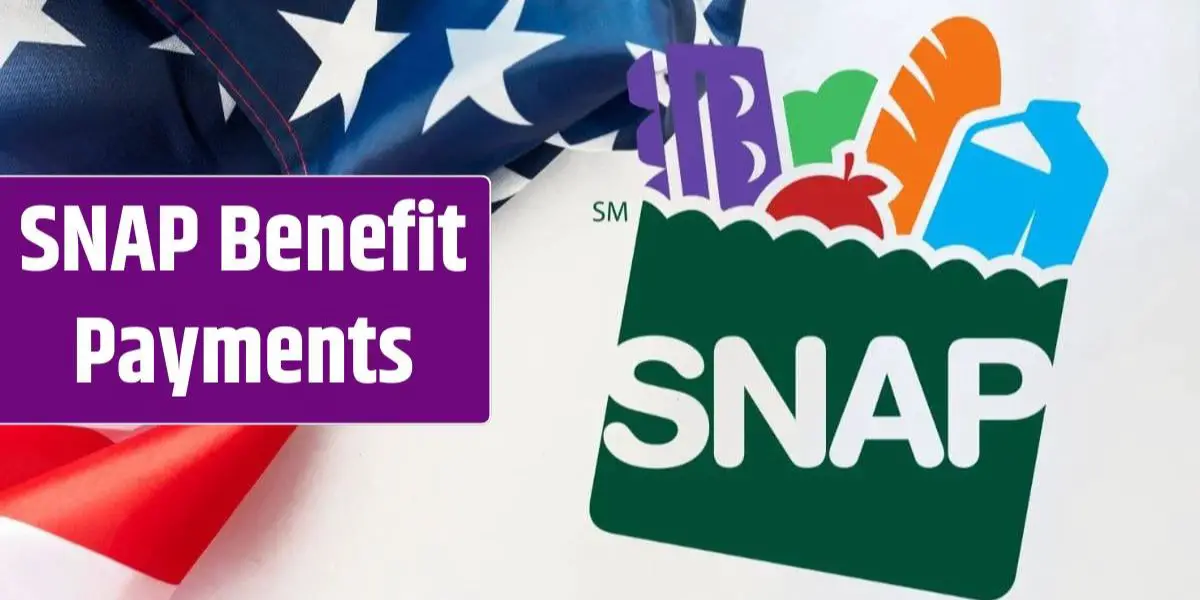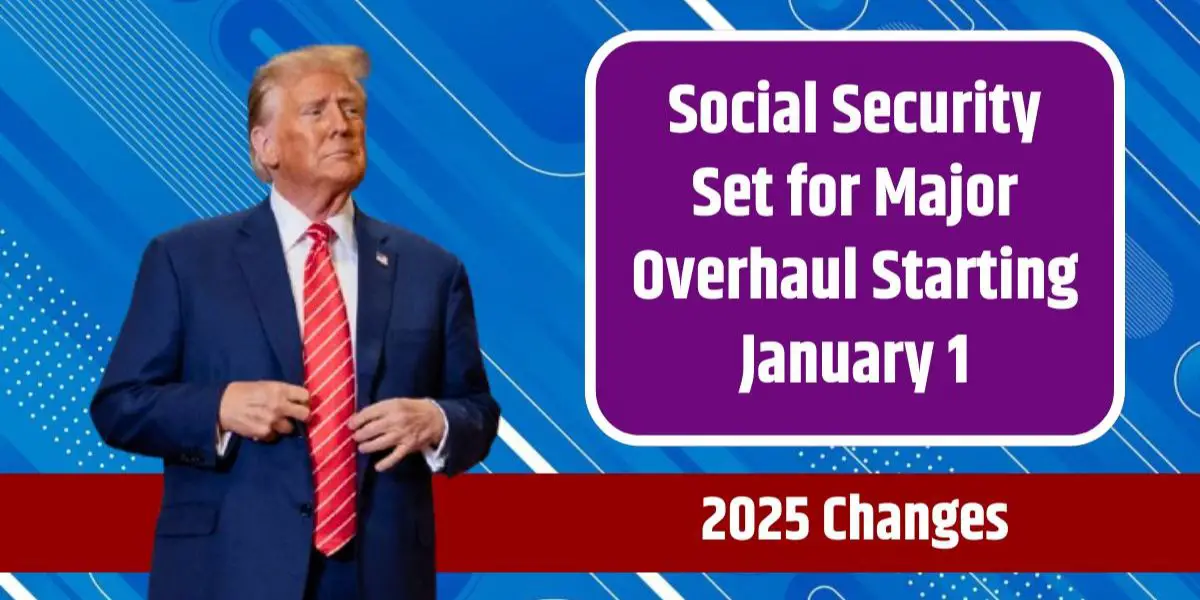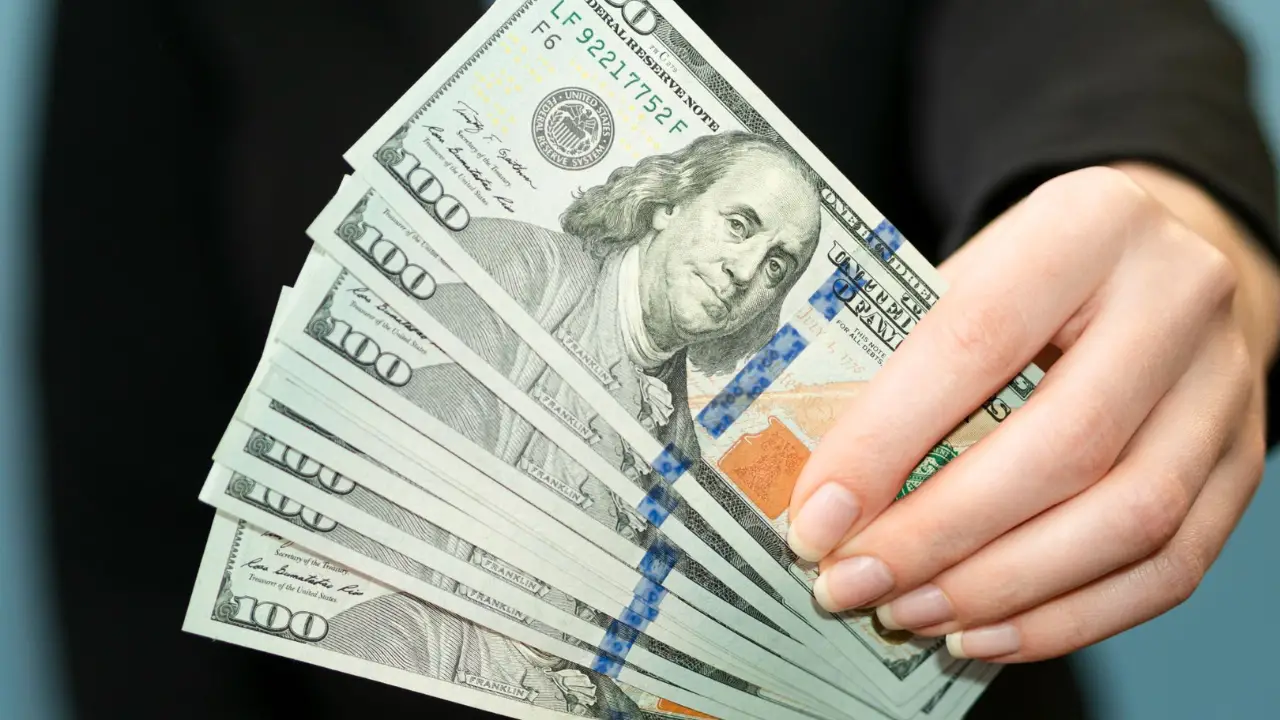MJP –
California is making significant strides toward energy efficiency with the launch of the Home Electrification and Appliance Rebates (HEEHRA) program, backed by federal funding.
The California Energy Commission (CEC), in collaboration with the U.S. Department of Energy, has announced $80 million in rebates to encourage multifamily building owners to implement electrification projects, such as heat pump systems and electric appliances.
Part of the Inflation Reduction Act, the program focuses on benefiting low- and moderate-income households, aiming to reduce greenhouse gas emissions and enhance building resilience. Single-family homeowners can also expect rebate applications for heat pump installations to open soon.

Governor Gavin Newsom praised the initiative, highlighting its dual benefits of lowering costs for residents and addressing climate change. Applications are now open through TECH Clean California, a statewide network dedicated to advancing energy equity.
As energy prices continue to climb across the U.S., California is stepping up to support its most vulnerable residents with a significant new initiative.
$29 Million Federal Funding Cut Sparks Political Battle in Arizona Schools
The state has launched an $80 million energy rebate program aimed at helping low-income families offset the rising costs of utility bills. With inflation driving up prices on everything from gas to groceries, this rebate program is designed to provide much-needed relief to those struggling to keep up with their energy expenses.
A Lifeline for Low-Income Households
The California Energy Rebate Program, part of the state’s broader efforts to address economic inequality and climate change, will provide direct financial assistance to low-income households. Eligible families can receive rebates to help with their electricity, gas, and other utility bills.
The program is particularly timely as families are seeing a sharp increase in monthly utility bills, especially in the wake of global energy price hikes, extreme weather events, and supply chain disruptions.
Governor Gavin Newsom highlighted the program as a crucial step toward ensuring that all Californians, regardless of income, have access to affordable energy.
“We know that rising costs are hitting vulnerable families the hardest, and this rebate program is a tangible way to provide immediate relief,” Newsom said in a statement.
“This program will help ease the burden on families while we continue to build a more sustainable and affordable energy future for our state.”
How the Rebate Program Works
The $80 million energy rebate fund is designed to provide financial relief in a few key ways.
- Direct Utility Bill Rebates: Low-income households can apply for direct rebates that will be applied to their electricity and gas bills. These rebates are intended to offset monthly energy costs, helping families who are spending a disproportionate amount of their income on utilities. The exact amount of the rebate varies depending on household size, income, and energy usage, with some households qualifying for up to $1,000 or more in assistance.
- Eligibility Requirements: The program is available to households with income levels at or below 200% of the federal poverty level (FPL), which includes many working-class families, seniors, and individuals with disabilities. The state estimates that millions of households could benefit from the program, with a particular emphasis on supporting communities that are most at risk of energy poverty.
- No Need for Repayment: Unlike some other financial assistance programs, these energy rebates do not need to be repaid, providing immediate financial relief without the burden of debt.
- Streamlined Application Process: In an effort to make the program as accessible as possible, the state has simplified the application process. California residents can apply for the rebate through their utility providers or via a designated state website. The online platform is designed to be user-friendly and available in multiple languages to ensure that all eligible households can access assistance.
Supporting California’s Commitment to Equity and Sustainability
The $80 million rebate program is also part of California’s ongoing efforts to support environmental justice and reduce energy disparities across the state.
Many low-income communities, particularly in urban and rural areas, have historically been more vulnerable to extreme weather events like heatwaves and wildfires, which can lead to increased energy usage and higher costs. This program is aimed at reducing the financial strain of these weather-related challenges.
2025 Brings a 2.5% Boost in Social Security Benefits for Millions
The state has also made it clear that the rebate program aligns with its larger sustainability goals, such as reducing greenhouse gas emissions and promoting energy efficiency. By providing rebates, the state is helping low-income families access clean energy alternatives, like electric vehicles and solar energy, which are key components of California’s long-term vision for a green economy.
In addition to the rebates, the state has introduced other initiatives aimed at improving energy efficiency in low-income households. These include subsidized energy audits, weatherization programs to improve home insulation, and discounts on energy-efficient appliances.
Rising Energy Costs and the Need for Immediate Relief
The California Energy Rebate Program comes at a time when the state has seen steep increases in both electricity and natural gas prices. The cost of electricity has risen as California moves toward greener, renewable energy sources, which, while beneficial in the long term, come with initial infrastructure costs that are passed on to consumers. In addition, extreme weather events, such as heatwaves and wildfires, have led to higher demand for energy, further driving up prices.
Healthcare Provider CareMax Faces Financial Collapse, Files for Bankruptcy With $690 Million Debt
Low-income families, who typically spend a larger percentage of their income on energy costs, are often hardest hit by these price hikes. For many, utility bills are the second-largest household expense after rent, and when energy prices rise, it can become difficult to make ends meet.
According to the California Public Utilities Commission (CPUC), nearly 1 in 5 households in California are “energy poor,” meaning they spend more than 10% of their income on energy bills.
A Broader Statewide Effort
The new rebate program is part of a larger set of policies that California has introduced to help its residents cope with rising living costs. In addition to energy rebates, the state has increased funding for affordable housing, expanded food assistance programs, and introduced initiatives to lower the costs of health care and education for low-income families.
State officials are urging eligible households to take advantage of the rebate program before the funds are fully allocated, as demand is expected to be high. While the program does not have a set expiration date, applications will be processed on a first-come, first-served basis, so early action is encouraged.
Conclusion
The $80 million energy rebate program is a vital step in addressing the immediate financial burdens faced by low-income families in California.
With rising energy costs affecting households statewide, this initiative provides a critical source of relief for millions of families, ensuring they can afford the energy they need to stay safe and comfortable. As the state continues to work toward energy sustainability and climate goals, this rebate program also represents a forward-thinking approach to helping vulnerable populations transition into a greener, more affordable energy future.
For more information on eligibility and how to apply, residents can visit the California Public Utilities Commission (CPUC) website or contact their local utility providers.




